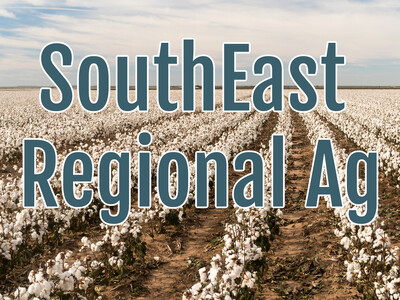Milk Prices
How milk is really priced in the US. In the U.S., minimum milk price regulations enforced by Federal Milk Marketing Orders are based on a system of mandatory dairy price reporting, milk pricing formulas, price discrimination based on the end-use of raw milk and equity payments from a revenue-sharing pool. A recent Market Intel, How Milk Is Priced in Federal Milk Marketing Orders: A Primer, reviewed milk pricing regulations under Federal Milk Marketing Orders.This complex government framework of determining regulated milk prices that ultimately set the benchmark value of milk at the farm-level begins with price discovery in Chicago. The Chicago Mercantile Exchange has electronic spot markets for butter, cheddar cheese, nonfat dry milk and dry whey – the same products that are surveyed in USDA's mandatory daily price report (Background on National Dairy Product Sales Report).
Price Correlation with USDA Survey Prices
Reviewing the weekly average CME dairy spot market prices alongside USDA's weekly National Dairy Product Sales Report survey prices for cheddar, butter, and dry milk powders reveal a high degree of correlation – at or above 98% – for butter, cheddar and nonfat dry milk since 2010. For dry whey, the correlation is 65% from March 2018 to the present. In addition to the high degree of correlation, regression analysis reveals that all USDA survey prices are statistically linked to CME prices from the prior two weeks. As a result, while not directly linked to USDA's survey prices, CME settlement prices discovered in Chicago indirectly price all milk across the entire U.S. regulated on FMMOs.
Figures 1 through 5 highlights the strong price relationships observed between weekly average CME spot market prices and USDA's dairy product survey prices for cheddar cheese, butter, and dry milk products.













